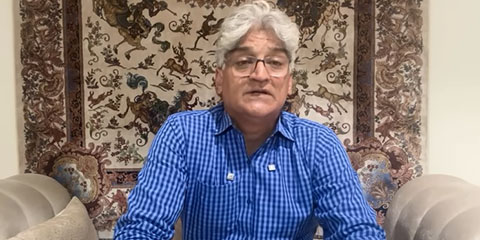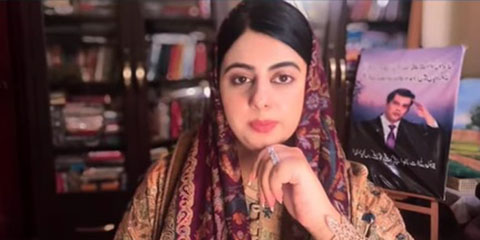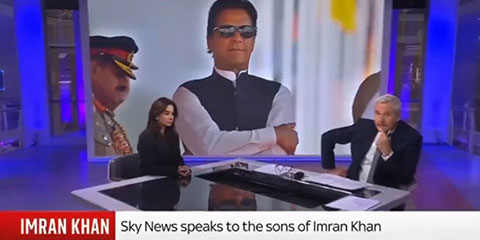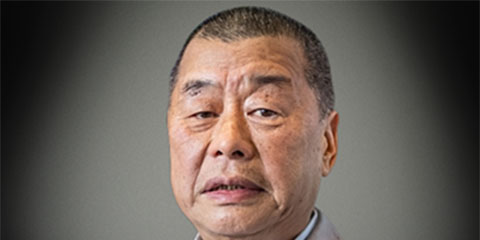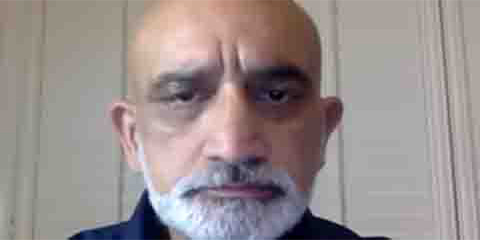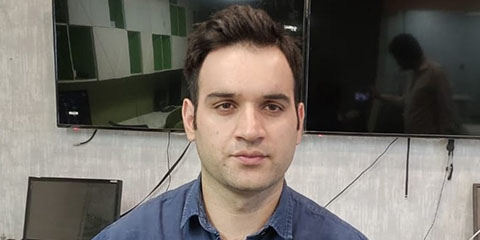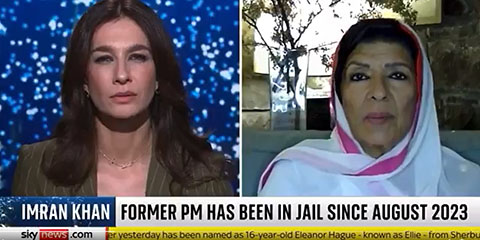Graphic videos go viral, but at what cost to victims’ families and mental health?
JournalismPakistan.com | Published 3 months ago | JP Staff Report
Join our WhatsApp channel
ISLAMABAD—The growing trend of sharing graphic and violent content on social media raises serious ethical concerns, particularly when such videos involve individuals in their final, most vulnerable moments.
Earlier this month, disturbing footage of Maj. Adnan Aslam, who bravely fought terrorists and protected a fellow soldier before embracing martyrdom, circulated online. The clips included not only combat footage but also his final moments on his deathbed—likely recorded by fellow officers. While intended to highlight his courage, such content inadvertently exposes his grieving family to repeated trauma.
This issue extends beyond borders. Oceans away in the United States, within minutes of conservative activist Charlie Kirk’s horrific shooting in Utah on Wednesday, video capturing the exact moment he was struck by a bullet spread rapidly across multiple platforms. Similarly, in North Carolina, surveillance footage of Iryna Zarutska’s brutal stabbing on a train in August surfaced publicly, showing every moment of the gruesome attack.
While these clips often go viral under the guise of “informing the public,” they serve as painful reminders for the victims’ families, who must endure seeing their loved one’s suffering replayed endlessly online. Viewers, too, are forced into uncomfortable situations; many encounter these disturbing visuals without consent, leaving them distressed, shaken, and even traumatized.
Experts and human rights advocates argue that sharing graphic footage not only disrespects the dignity of the victims but also risks normalizing violence in digital spaces. Instead of honoring bravery or exposing injustice, such content often becomes voyeuristic material for clicks, likes, and views. Social media platforms have a responsibility to enforce stricter moderation policies, ensuring that sensitive footage is handled with care, context, and consent.
Ultimately, remembering and honoring heroes like Maj. Adnan Aslam should be done through respectful storytelling, tributes, and factual reporting, not through graphic videos that cause further suffering to families and audiences alike.





